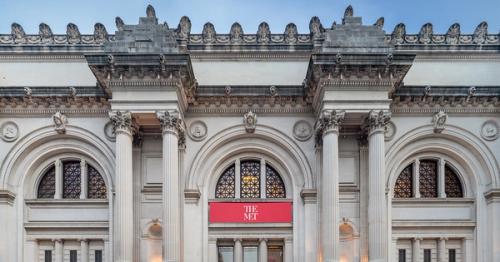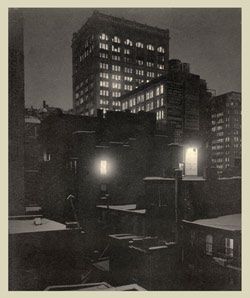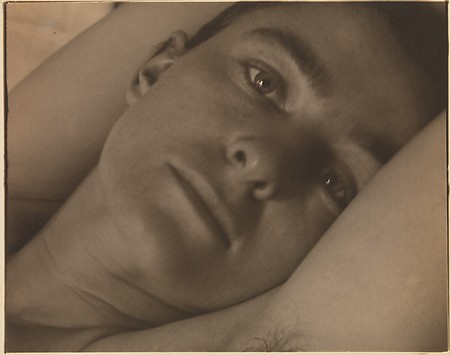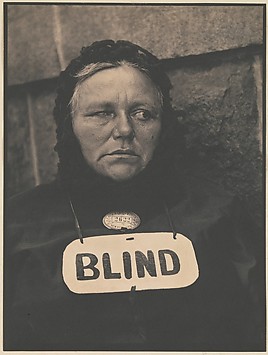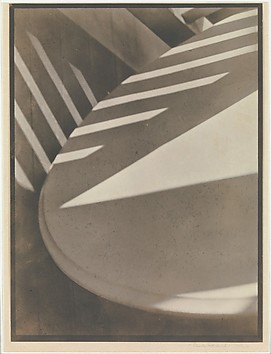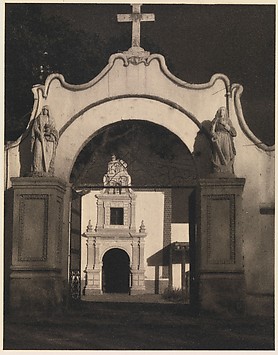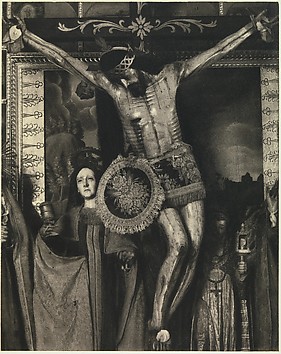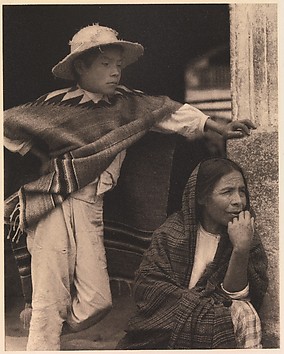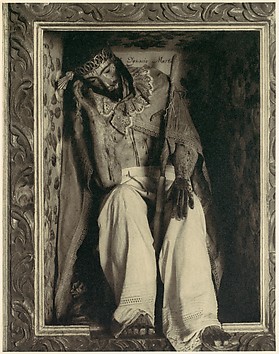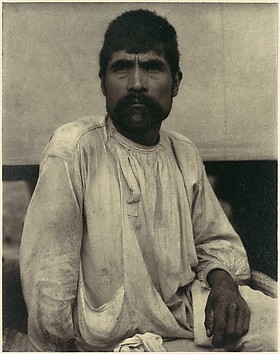Paul Strand (1890–1976) was one of the most important and influential photographers of this century. The dramatic achievements of his early career, which have not until now been studied apart from his entire oeuvre, are the focus of this book, which accompanies an exhibition at The Metropolitan Museum of Art, New York. Spurred by the example of Cézanne, Picasso, and Nietzsche, Strand pushed the medium into artistic terrain considered too difficult, cerebral, or brutal to describe with a camera. His undeniable success brought photography to its maturity. For concentrated power, formal coherence, and human sensitivity, the extraordinary pictures he made in and around New York City in 1916 have never been bettered. After studying photography with the social reformer Lewis Hine, Strand began to absorb the ideas of the European avant-garde, gradually abandoning the painterly effects of pictorialism in favor of a candid and psychologically potent realism on the one hand and a masterfully wrought abstraction on the other. Fellow photographer and art entrepreneur Alfred Stieglitz recognized Strand's astonishing pictures as bold strides into a new world and heralded them as the first images in an incisive modern vision—a direct and flexible idiom expressive of 20th-century experience. Strand's large, beautiful platinum prints are reproduced here in superb tritone plates. The text by Maria Morris Hambourg traces the early development of Strand's ideas, the complex cultural context of his experiments, and the emergence of such masterpieces as Wall Street, White Fence, and Blind.
